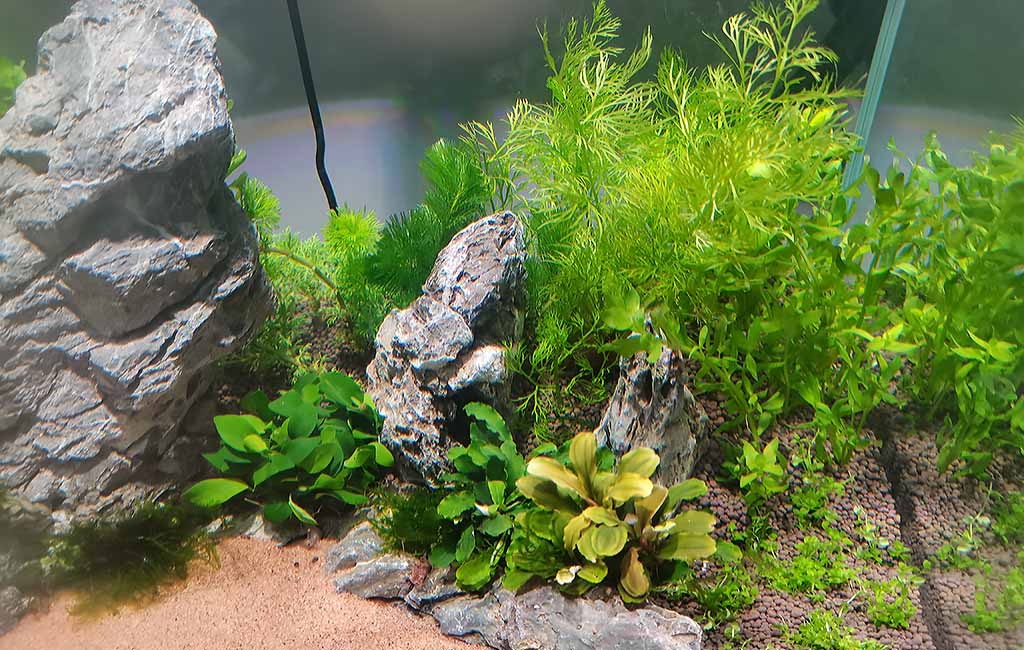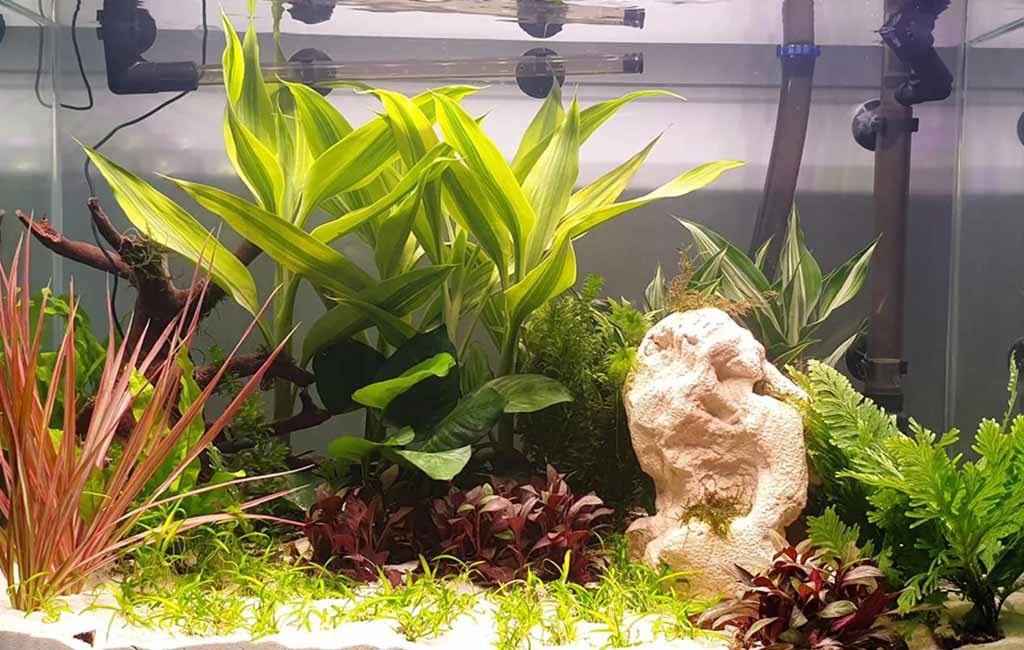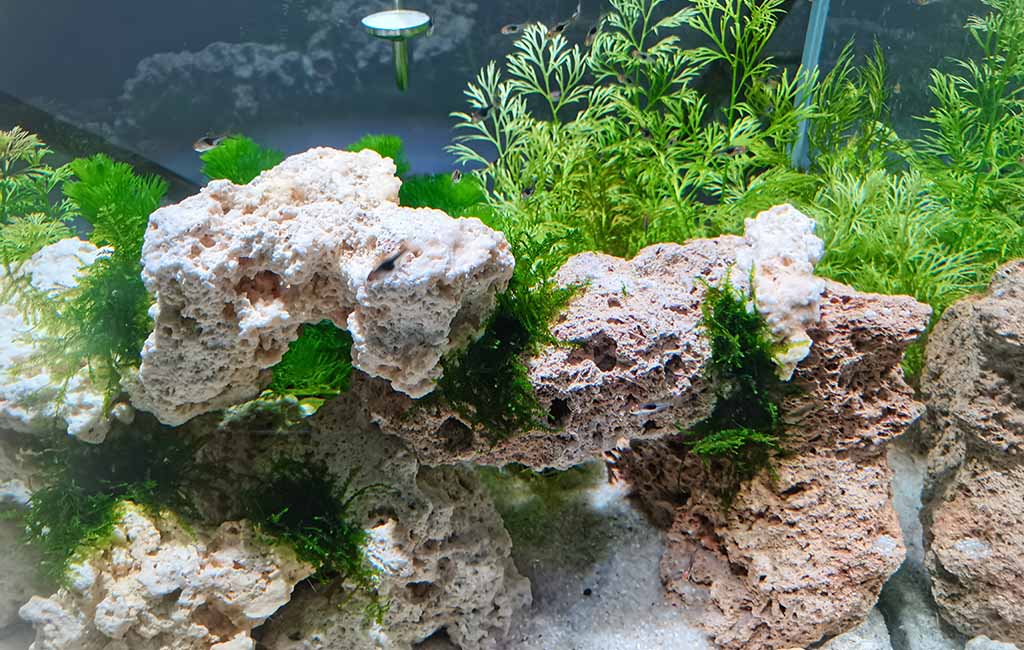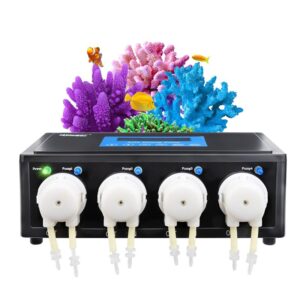Some Convenient Treatments for Aquatic Plants
Do you have a sick-looking aquatic plant? Do you find its leaves are yellow or brown? Have you seen some aquatic plant problems, such as roots decaying or algae forming? These are some of the issues that are associated with aquatic plants and which many people experience. If you have attempted several methods you wish to use to bring your plants back to life, you are not alone.
As with most plants, some problems involve aquatic plants and this blog is perfect for those who have dying plants, excessive algae, treatment for aquatic plants, and more. It is time to breathe new life into your underwater garden with our help.

Aquatic plant problems
Why Are Aquatic Plants Disintegrating
The deterioration of aquatic plants in tanks can occur due to several factors. It is important to note the causes of such instances so that you can avoid them and keep the aquarium relevant and healthy.
Common Reasons for Aquatic Plant Disintegration
Environmental Stress
- Sudden Water Parameter Changes: Sudden changes in pH, temperature, or hardness of the water can easily stress the plants and lead to their deterioration.
- Inadequate Lighting: Lack of light may be insufficient to support the plant growth to undergo effective photosynthesis to sustain healthy and strong growth and even command death.
- Nutrient Deficiency or Excess: As with any other living organism, plants need to have balance in nutrients that are supplied to them. The problem arises when the nutrient amounts given or received are either too low or too high.
- Poor Water Quality: The presence of ammonia, nitrite, or nitrate in high concentrations may affect plant health.
Plant-Specific Issues
- New Plant Adaptation: New plants propagated may go through stress due to the new conditions in the lighting site.
- Species Sensitivity: However, the ability of such plants to adapt to fluctuations in the environment differs among the species.
Disease and Pests
- Algae Overgrowth: High-density algae can be a problem because they can compete with plants for light and nutrients.
- Plant-Eating Pests: Snails, shrimps or fish can trample, nibble, or eat the plants.

Types of Aquatic Plants Prone to Disintegration
1. Delicate Plants
Easily damaged plants including those that possess delicate leaves or stems like the Anubias barteri var. Species like Nana or Cryptocoryne Wendtii are very sensitive to stress. These plants are very sensitive to changes in water parameters or light, lack of light, or poor nutrients. These plants are also prone to diseases and pests since they have thin stalks and stems.
2. Fast-Growing Plants
Fast-growing plants such as Hygrophila corymbosa or Cabomba caroliniana are very demanding plants when it comes to nutrient and light requirements. Failing to meet these needs makes them frail and prone to diseases, although such physical vulnerability is not the case as seen below. Most fast-growing plants tend to take over space within a short period, and this can cause overcrowding and competition among the plants.
3. New Additions
If the plants are new to the tank they will require some time to get used to the conditions of the tank before they start growing again. This process is quite stressing some of the plant species hence making them prone to diseases and pest attacks. During acclimatization, the condition must be kept constant and the plants should be closely observed in case they show some signs of stress.
Save a Dying Aquatic Plant
When an aquatic plant starts to show signs of decline, it’s crucial to act promptly to prevent further deterioration. Here’s a step-by-step guide to help you save a dying plant:
Identify the Problem
- Observe the Plant: Look for signs of disease, pests, or environmental stress.
- Check Water Parameters: Test your water for pH, ammonia, nitrite, nitrate, hardness, and temperature.
Address Environmental Issues
- Adjust Water Parameters: If necessary, gradually adjust water parameters to ideal levels.
- Improve Lighting: Ensure the plant receives adequate light for its needs.
- Fertilize Appropriately: Provide the plant with the necessary nutrients.
Remove Dead or Damaged Parts
- Prune Carefully: Cut away any dead or decaying leaves or stems to prevent further spread of disease.

Treatment for aquatic plants
Treat Diseases and Pests
- Identify the Culprit: Determine if a disease or pest is causing the problem.
- Apply Appropriate Treatments: Use specific treatments or medications recommended for the identified issue.
Isolate the Plant
- Prevent Spread: If the plant has a disease or pest, isolate it to prevent the infection from spreading to other plants.
Provide Optimal Conditions
- Stable Environment: Maintain a stable environment with consistent water parameters and temperature.
- Circulation: Ensure good water circulation to prevent stagnation.
Monitor Progress:
- Observe for Improvement: Keep a close eye on the plant for signs of recovery.
- Adjust Care as Needed: If the plant continues to decline, consider further adjustments to its care.
Additional Tips:
- New plants should also be located separately to avoid poling diseases or pests to the existing plants.
- Make sure the plant is given adequate opportunity to grow without room constraints or having to fight with other plants in the aquarium.
- It is recommended to change water frequently to keep water clean and free from dangerous products.
Aquatic Plant Problems
Like with any other living species, aquatic plants can encounter several issues when living in a tank. Knowledge of these issues will assist you in recognizing them and rectifying them as soon as possible so that your aquatic plants will remain healthy and robust.
Soft or Mushy Leaves
| Cause | Solution |
| Generally as a result of nutrient inadequacy, mainly nitrogen and potassium. | Double the application of a macro & micro nutrient solution if it is incorporated in a liquid form. Check if there is sufficient light for the plants, where applicable, within the tanks. |
Rotting Leaves and Roots
| Cause | Solution |
| It can be due to the presence of bacteria, fungal activity, or high organic loading. | Discard any of the plant organs that are rotting. Clean the water by performing water changes and checking for ammonia, nitrite, and nitrate levels. If possible you should treat the tank with the right antibacterial or antifungal medication. |
Algae Overgrowth
| Cause | Solution |
| These nutrients’ lack of adequate light, and poor water quality, may lead to the growth of algae. | Less feeding, high light levels, shorter lighting time, and water flow rates should be enhanced. It may help to consider using algae-eating fish or shrimp in the pond. |
Yellow or Damaged Leaves
| Cause | Solution |
| This can be a result of nutrient deficiencies such as iron or magnesium, root rot, or a stressed environment. | Check the nutrient levels within your water and then modify the type and quantity of fertilizer that you use with a dosing pump. Ensure /check for root health and /or respond to any abnormalities. See to it that the tank’s temperature and acidity levels are constant. |
Stunted Growth
| Cause | Solution |
| Lack of light, lack of nutrients, or root issues, can slow down the growth of the plants. | Brighten up the environment, alter fertilizer concentrations, and assess the condition of the roots. Make sure the plant has enough room to develop. |
Melted Leaves
| Cause | Solution |
| This condition is commonly a result of a water change usually a change in pH or temperature. | Do not change the water parameters drastically from one point to another. Acclimate new plants gradually. Make sure the temperature of the tank and the PH of the water are controlled. |
Convenient Treatments for Aquatic Plants
Water Changes
Frequency of water change is necessary to make sure that the quality of the water is in its best state. They assist in the elimination of unwanted compounds, the prevention of nutrient accumulation, and offer your aquarium plants and fish with new environment.
Liquid Fertilizers
Like any other plants, aquatic plants also need the nutrient to be supplied in a balanced way. Liquid fertilizers contain important agents such as nitrogen, phosphorus, and potassium all important aspects of growth and color. You can add liquid fertilizers with a dosing pump.
Root Tabs
It is particularly important for big root mass plants as it offers a good solution of nutrient delivery, through root tabs. These slow-discharge tabs ensure an adequate nutrient intake which is essential for growth and averts deficiency.

Algae Control Products
One of the common issues that those who own aquariums often experience is that of algae overgrowth. Some products can be added to the water: liquid algaecides or algae-eating fish – it is important to control the algae level.
Disease Treatments
However, plants can easily acquire bacterial or fungal diseases within an aquarium. Such problems can be fought with the help of disease treatments which are also sold in different fish stores.
Water Conditioners
A water conditioner removes undesirable elements in water like chlorine and chloramine which are fatal to the fish and other organisms in the water. It is most significant when seeding a new aquarium or topping up on new water.
Plant-Specific Treatments
Some plants might have certain requirements or are susceptible to certain issues. However, researching plant-specific remedies can assist in eradicating such challenges and maintaining a healthy look for aquatic plants.
Closing Remarks
In this article, you’ll find out what causes problems to aquatic plants and how to address them to have a successful underwater garden. You should always pay close attention and possibly even consult with an expert should a problem arise concerning the plants, environment, and their needs. Your aquatic plants require little care, yet by focusing on them, they will enhance your fish tank’s appeal.



Leave a comment